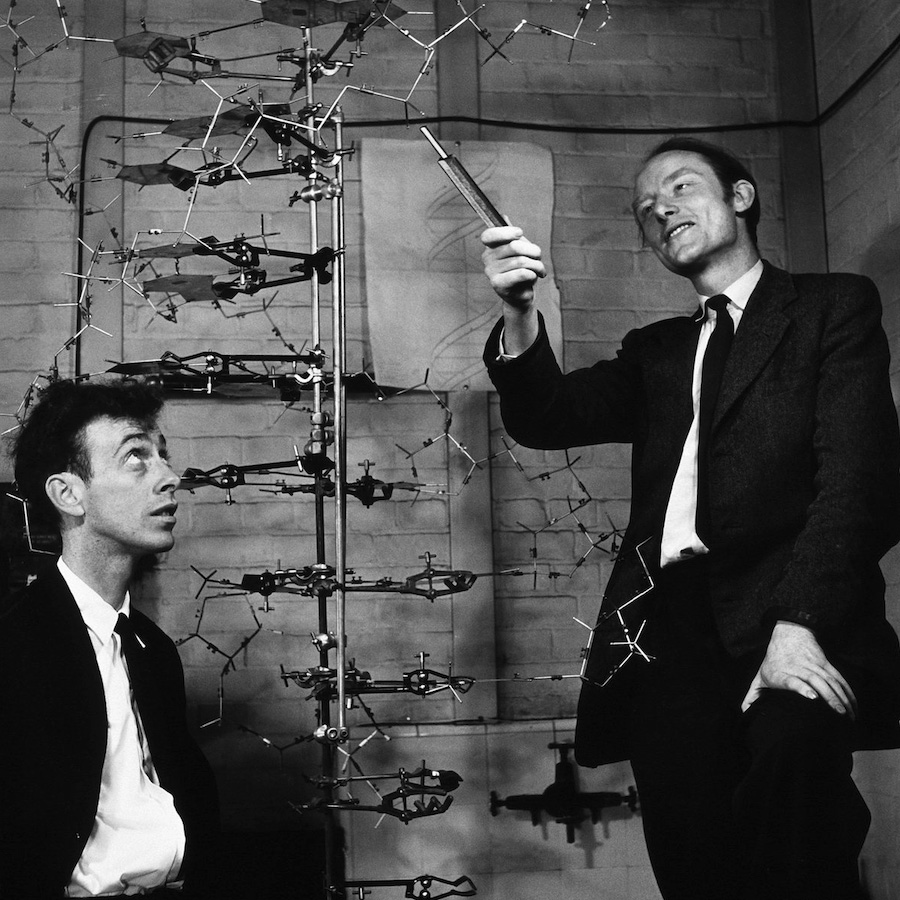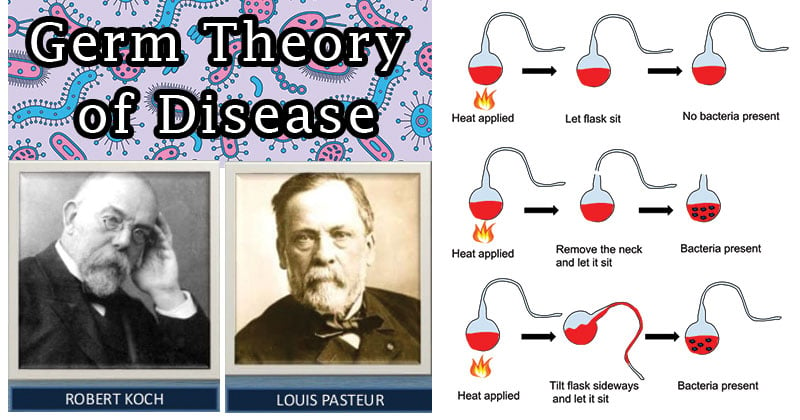From the microscopic world of cells to the vast expanses of outer space, science has unraveled the mysteries of existence, pushing the boundaries of knowledge and understanding. The discoveries made by brilliant scientists throughout history have transformed society in profound ways. They have not only revolutionized industries but have also paved the way for technological advancements, medical breakthroughs, and a deeper understanding of our place in the universe. In this list, we will explore the top five scientific discoveries that have had the most profound and far-reaching impact on our world, forever changing the course of human history.
5. The Theory of Evolution by Natural Selection
Charles Darwin’s groundbreaking theory forever altered our understanding of life’s origins.\r\n\r\nIn 1859, Charles Darwin published On the Origin of Species, a book that presented the revolutionary idea that species evolve over time through a process called natural selection. This idea suggested that individuals with traits that are better suited to their environment are more likely to survive and reproduce, passing these advantageous traits to their offspring. For the first time, Darwin provided a scientific explanation for the diversity of life on Earth.\r\n\r\nThis theory challenged the traditional belief in creationism, where species were thought to be immutable and divinely created. Darwin\'s work laid the foundation for modern biology, and his theory has been supported and refined by research in genetics, paleontology, and molecular biology. The discovery of evolution has shaped everything from our understanding of human origins to the development of new treatments in medicine, such as understanding antibiotic resistance and genetic disorders.\r\n\r\nAs a direct result of Darwin’s theory, we have gained an appreciation for the interconnectedness of all life, leading to advances in ecology, conservation, and evolutionary medicine. The concept of evolution continues to be central to scientific research in biology, genetics, and anthropology today.
4. The Structure of DNA

The discovery of the double-helix structure unlocked the code of life.\r\n\r\nIn 1953, James Watson, Francis Crick, Maurice Wilkins, and Rosalind Franklin unveiled the double-helix structure of DNA, the molecule that carries the genetic instructions for life. This discovery provided the molecular basis for how traits are inherited and how living organisms are formed and developed. The groundbreaking revelation that DNA is made up of two intertwined strands of nucleotides, each of which encodes genetic information, revolutionized biology.\r\n\r\nBefore the discovery of DNA’s structure, scientists were unsure how genetic information was passed from one generation to the next. The elucidation of DNA\'s structure paved the way for the field of genetics, allowing scientists to unravel the mysteries of heredity, gene expression, and genetic mutations. This discovery also led to the development of techniques like DNA sequencing, which is now essential for medical diagnostics, forensic science, and evolutionary studies.\r\n\r\nThe understanding of DNA has had a profound impact on fields ranging from biotechnology to personalized medicine. It enabled the rise of gene therapy, where faulty genes can be replaced or repaired, and genetic engineering, which has created genetically modified crops and animals. The study of DNA continues to unlock the secrets of disease prevention, aging, and human evolution.
3. The Theory of General Relativity

Einstein’s theory redefined our understanding of space, time, and gravity.\r\n\r\nIn 1915, Albert Einstein’s theory of general relativity redefined our understanding of the universe. Before Einstein, the concept of gravity was explained by Isaac Newton’s law of universal gravitation. However, Einstein’s theory proposed that gravity is not simply a force, but a warping of space and time caused by mass and energy. This understanding introduced the concept of spacetime, which describes the four-dimensional fabric of the universe.\r\n\r\nGeneral relativity radically changed how we view the cosmos. For instance, it explained the phenomenon of gravitational lensing, where light from distant stars is bent by the gravitational pull of massive objects like galaxies. It also predicted the existence of black holes—regions in space where gravity is so strong that not even light can escape. General relativity has been confirmed through various observations, including the bending of starlight around the sun, time dilation in GPS satellites, and the detection of gravitational waves.\r\n\r\nThis discovery paved the way for much of modern cosmology, including the study of the Big Bang, the expansion of the universe, and the search for dark matter and dark energy. The concepts of spacetime and gravitational waves also have practical applications, such as in GPS systems, where the theory’s effects on time are taken into account.\r\n
2. Germ Theory of Disease

The discovery that microorganisms cause disease revolutionized medicine.\r\n\r\nThe germ theory of disease, developed by scientists such as Louis Pasteur and Robert Koch in the 19th century, changed the way we approach health and medicine. Before this discovery, diseases were often attributed to “bad air” or imbalances in bodily fluids. Pasteur’s experiments showed that microorganisms, including bacteria, viruses, and fungi, are responsible for many diseases. This was a groundbreaking shift that led to the development of hygiene practices, vaccines, and antibiotics.\r\n\r\nThe germ theory had immediate and transformative effects on public health. It introduced the need for sterilization in surgeries and medical instruments, drastically reducing infections. Pasteur’s work led to the development of the rabies vaccine, and Koch’s postulates helped identify the specific microorganisms responsible for diseases like tuberculosis. The discovery also sparked the field of microbiology, which has since revolutionized medicine, agriculture, and even food safety.\r\n\r\nIn the modern world, germ theory remains the foundation for many public health initiatives, including vaccination campaigns, sanitation standards, and antibiotic treatments. The ability to control infectious diseases has led to significant improvements in life expectancy and quality of life worldwide.
1. The Laws of Motion and Universal Gravitation

Isaac Newton’s groundbreaking work in physics is the cornerstone of classical mechanics.\r\n\r\nIsaac Newton’s laws of motion and his law of universal gravitation, published in Philosophiæ Naturalis Principia Mathematica in 1687, form the foundation of classical mechanics and have had a profound impact on science and technology. Newton’s laws describe how objects move in relation to forces acting upon them and provide an understanding of how gravity governs the motion of celestial bodies.\r\n\r\nNewton’s laws of motion explain the behavior of objects, whether at rest or in motion, and have been crucial in the development of engineering and technology. His law of universal gravitation, which states that every object in the universe attracts every other object with a force proportional to their masses and inversely proportional to the square of the distance between them, laid the groundwork for the study of planetary motion and space exploration.\r\n\r\nNewton’s contributions to physics were groundbreaking, providing the tools to understand the movement of planets, the mechanics of machines, and the nature of forces. His work also influenced the development of calculus, astronomy, and even modern physics. Without his contributions, our ability to send rockets into space or even predict the tides would not be possible. Newton’s laws continue to be applied in science, engineering, and physics, demonstrating the lasting power of his discoveries.\r\n
Leave a Comment